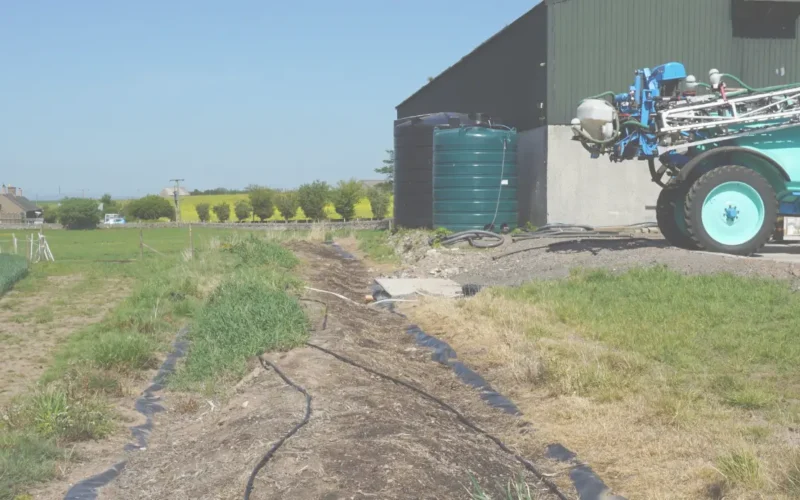More farmers and growers are considering biobeds or biofilters as a way to deal with drips, spills and splashes that occur when filling sprayers and mixing pesticides in sprayer handling areas. Biobeds also provide a contained area to carry out routine tasks such as sprayer washdown and sump draining.
A biobed is a specially lined and excavated pit, filled with a ‘biomix’ of straw, soil and peat-free compost which is turfed over. This pit retains the pesticide while the mixture of organic materials helps to degrade the pesticide residues.
There are two basic designs for biobeds, either a drive over biobed, where any drips or splashes fall onto the biobed, or a biobed which receives all liquids from a bunded handling area (an offset biobed). Research suggests that Biobeds can reduce the levels of pesticides in waste water by around 100,000 fold.
A biofilter offers a more compact design to treat pesticide washings, more suited to smaller scale pesticide use.

